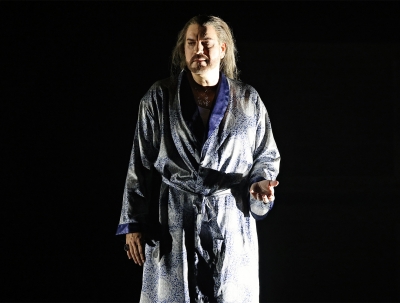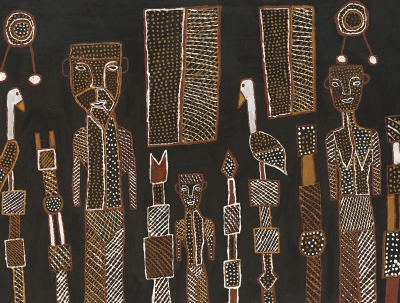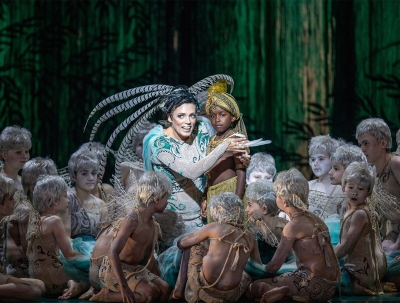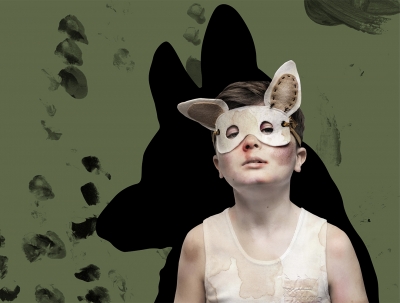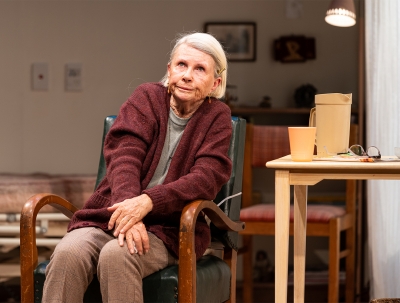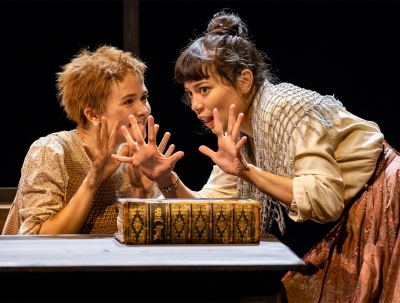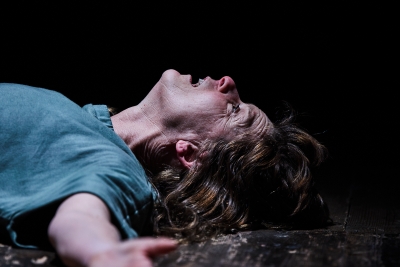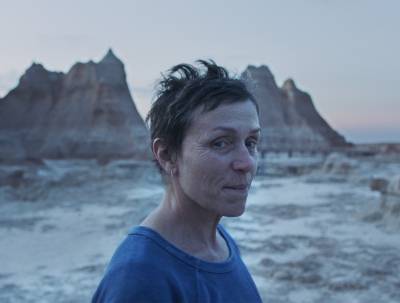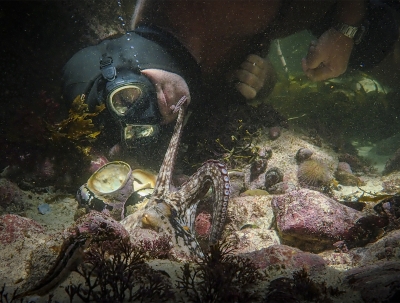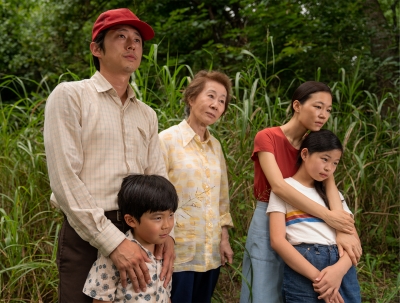Recent reviews
Film | Theatre | Art | Opera | Music | Television | Festivals
Welcome to ABR Arts, home to some of Australia's best arts journalism. We review film, theatre, opera, music, television, art exhibitions – and more. To read ABR Arts articles in full, subscribe to ABR or take out an ABR Arts subscription. Both packages give full access to our arts reviews the moment they are published online and to our extensive arts archive.
Meanwhile, the ABR Arts e-newsletter, published every second Tuesday, will keep you up-to-date as to our recent arts reviews.
Recent reviews
Béla Bartók’s Duke Bluebeard’s Castle was premièred amid the chaotic, final months of the Great War. Its lugubrious symphonic mood, grim libretto, and static set gained respect rather than favour from its first anxious audience. A century on, now freed from the shackles of copyright (Bartók died in 1945), the opera invites new approaches, arrangements, and settings. There is even now an annual Hungarian opera festival, where the Duke and his latest wife are presented everywhere from night bars to spa baths.
... (read more)Today, our screen-filled lives both encourage and condition us – through our collective, incessant scrolling – to dip in and to consume; a modus operandi or malaise that affects both exhibition-making and the viewing habits of audiences that are increasingly enticed and rewarded by contemporary art as spectacle – art that is immersive, often participatory in some way, and that looks great on Instagram. TIWI, the major survey of Tiwi art at NGV Australia, stands in stark contrast to this phenomenon. It invites us to slow down in order to absorb the stories, connections, and extraordinary sense of cultural continuity that reverberates across the exhibition. It is at once a celebration and a joy to experience.
... (read more)Comparisons can be odious, odorous, even otiose. Yet while I have lost count of the number of takes on Shakespeare’s play I have seen over the years – theatre, ballet, modern dance, knockabout collages of dance, movement and music, and opera – five stay in the memory. In the order in which I saw them, they are: the first revival at Sadler’s Wells in the mid-1960s of Britten’s 1960 opera, which marked the beginning of James Bowman’s stellar career; Max Reinhardt’s 1935 film; Peter Brook’s version of the play, which redefined it for not just one but several generations; Elijah Moshinsky’s powerfully evocative take on the opera from 1978 (also starring Bowman); and Declan Donnellan’s inspired and laugh-out-loud shaking up of the work for the Donmar Warehouse in the mid-1980s.
... (read more)There is, somewhat surprisingly, a German connection in the otherwise resoundingly Irish The Boy Who Talked to Dogs, the State Theatre Company of South Australia and Slingsby Theatre Company co-production based on Martin McKenna’s memoir about his hardscrabble childhood in 1970s Garryowen. In both the book and the play, adapted by Irish playwright Amy Conroy, we encounter Martin (Bryan Burroughs) as a deeply troubled youth – the ‘smallest, weakest, and scaredest’ of a set of triplets – growing up with German emigrant parents.
... (read more)Who in their right mind would want to be running an international arts festival right now? Two months ago I was slated to review four Adelaide Festival shows for this publication. Due to Covid-19 travel restrictions, two were subsequently cancelled, including Anna Breckon and Nat Randall’s highly anticipated Set Piece. Co-artistic directors Neil Armfield and Rachel Healy must have been harried during the lead-up to the opening weekend, as national borders continued to snap open and shut like the jaws of a capricious crocodile.
... (read more)Ruth Park’s novels were as much about Sydney as the people who live there. In Park’s famous The Harp in the South trilogy, the slums of Surry Hills are almost as lively and characterful as the Darcy family, whose story it relates. In Playing Beatie Bow, the changing face of The Rocks underpins every part of the narrative.
... (read more)A low circular wooden walkway. A large canvas sack hanging from the ceiling. One sickening second to realise someone may be inside that sack, before it plummets to the ground. This is how Patricia Cornelius’s new play, RUNT, directed by long-term collaborator Susie Dee and starring another long-term associate, Nicci Wilks, opens: a thudding coup de théâtre that immediately establishes the work as incitement, as agitprop, as uncompromising sucker punch.
... (read more)Life in the Nevada town of Empire has become extinct: the town’s plant has been shut, the houses emptied, the postcode eliminated. Fern’s (Frances McDormand) husband has died recently, and when we see meet her at the start of Nomadland, written and directed by Chloé Zhao (The Rider, Songs My Brother Taught Me), Fern’s sole earthly anchor is a small van in which she has packed all her remaining belongings. She cuts ties with the last of Empire’s residents with a firm hug and a tight smile, then drives off into a vast, frozen landscape. Untied from the comforts and constraints of a stationary life, she navigates a difficult freedom, relying for her livelihood on the fortuity of sporadic employment, free parking spaces, and human decency.
... (read more)In the hands of an occupational hygienist, the combination of light and a fluid medium is a scientific tool to demonstrate the flow of vapours, the way aerosols hang suspended in the air, tiny particles that linger and drift, hovering like miasmas. When the gaseous medium of air is freighted with moisture, light makes air visible, revealing it as dense and saturated. This sudden revelation brings into sharp relief the normally unseen residues that we share with those around us each time we breathe and speak – potentially lethal fluid vectors of contamination. However, if we step back from the anxiety this revelation might induce, we can see this demonstration as a key to understanding how an encounter between linear streams of light and meandering fractals of a fluid medium is at the core of some of the most exquisite and enlivening aesthetic experiences in contemporary culture.
... (read more)The immigrant experience in America has been told on film many times, but Lee Isaac Chung’s tangibly personal Minari is as distinguished by all the familiar things than by the disarming intimacy evoked by small, unexpected details.
... (read more)

